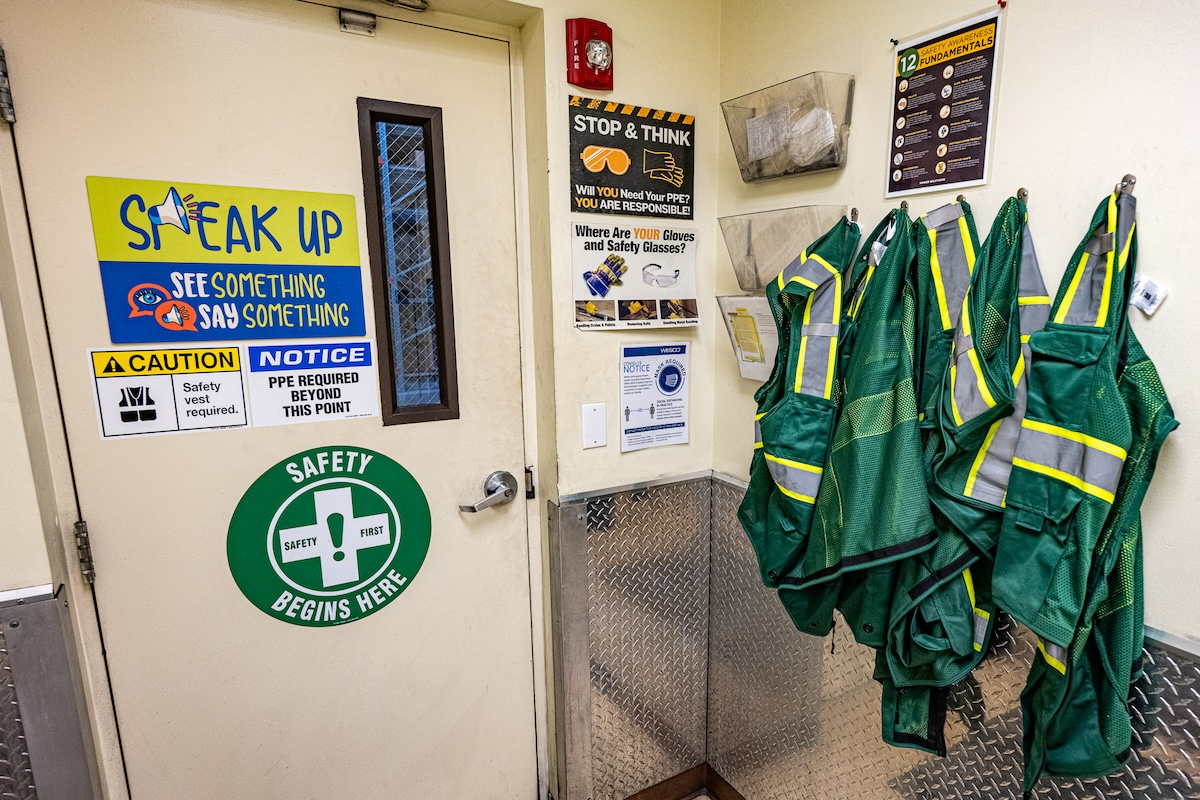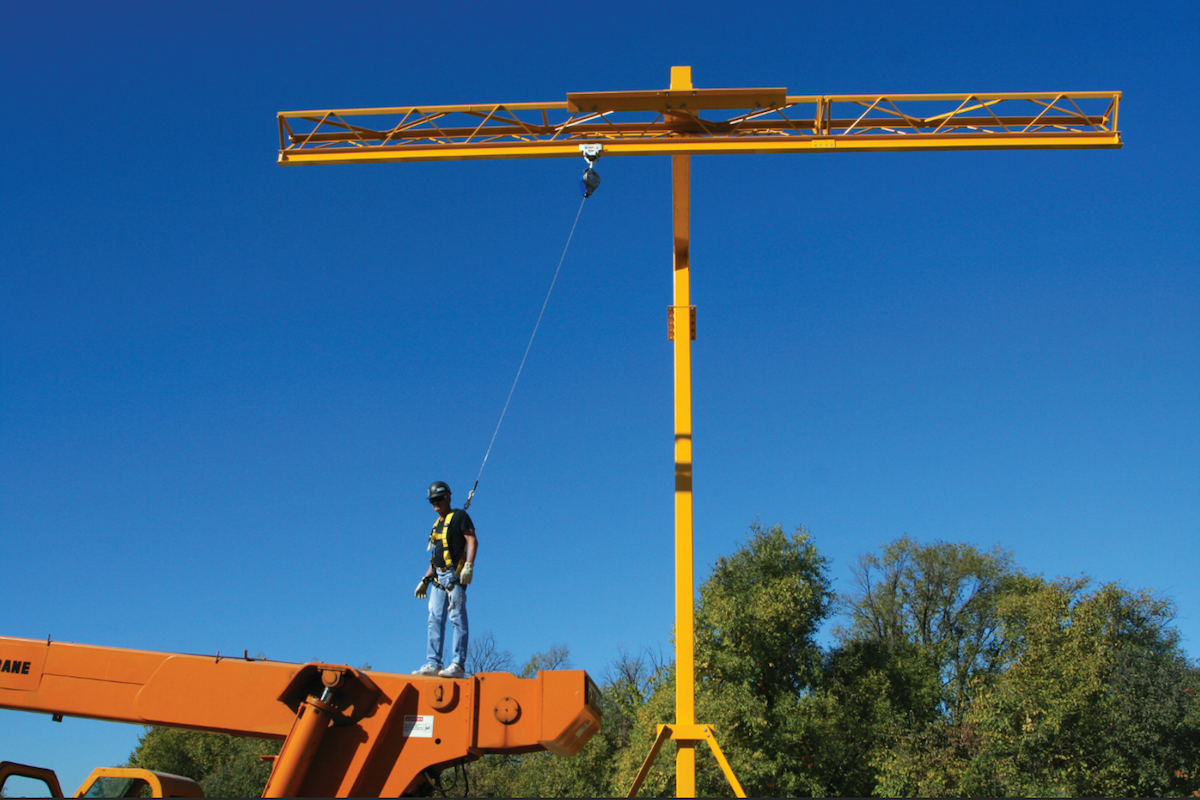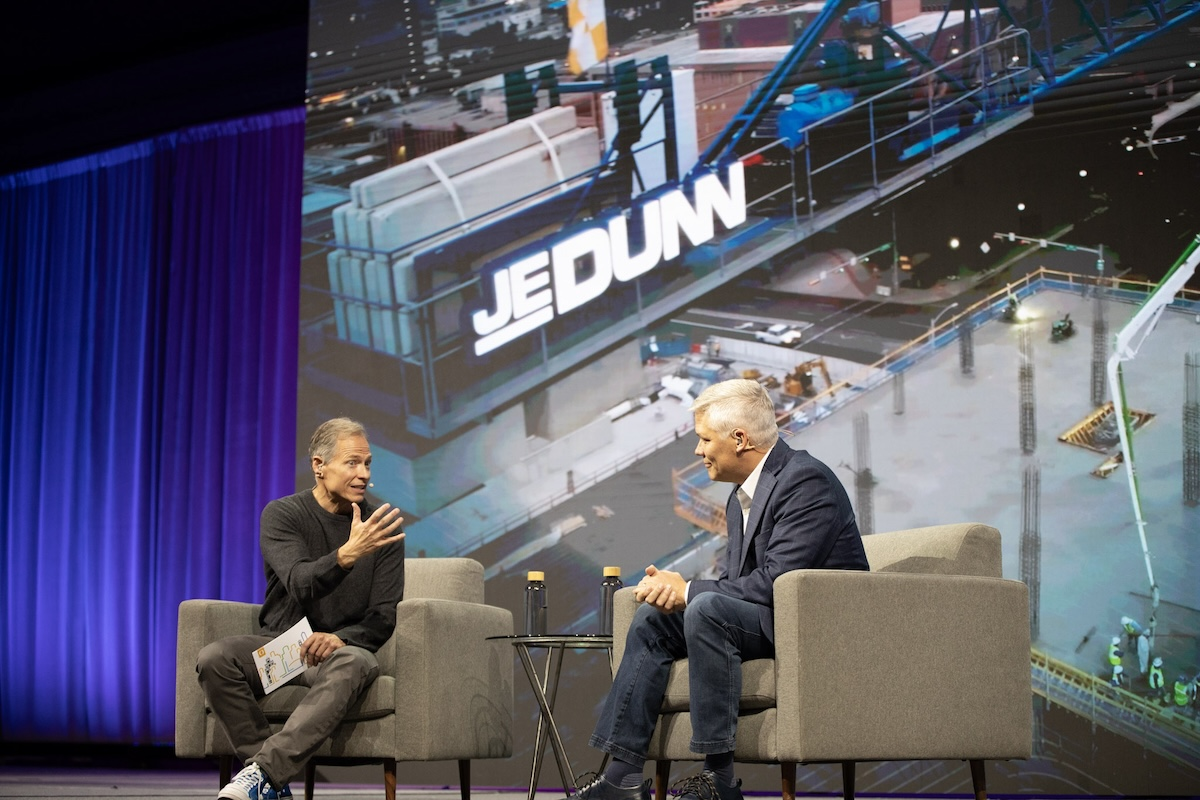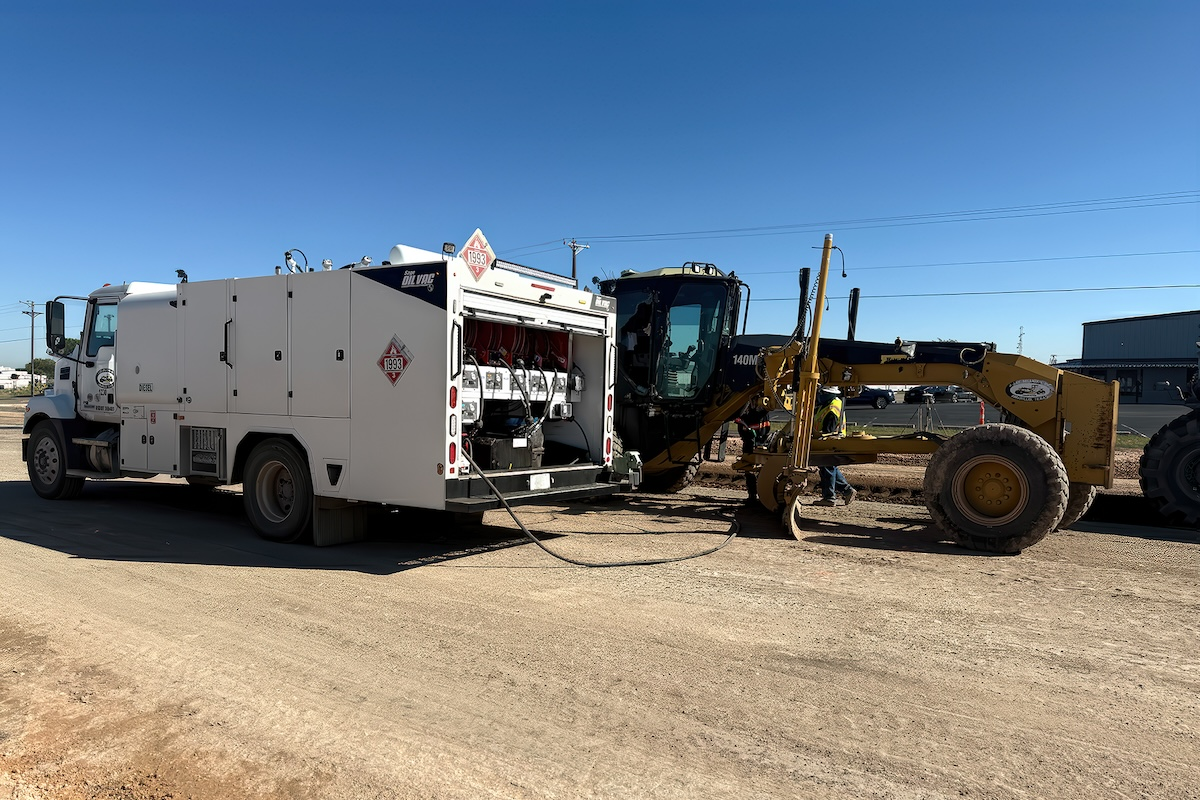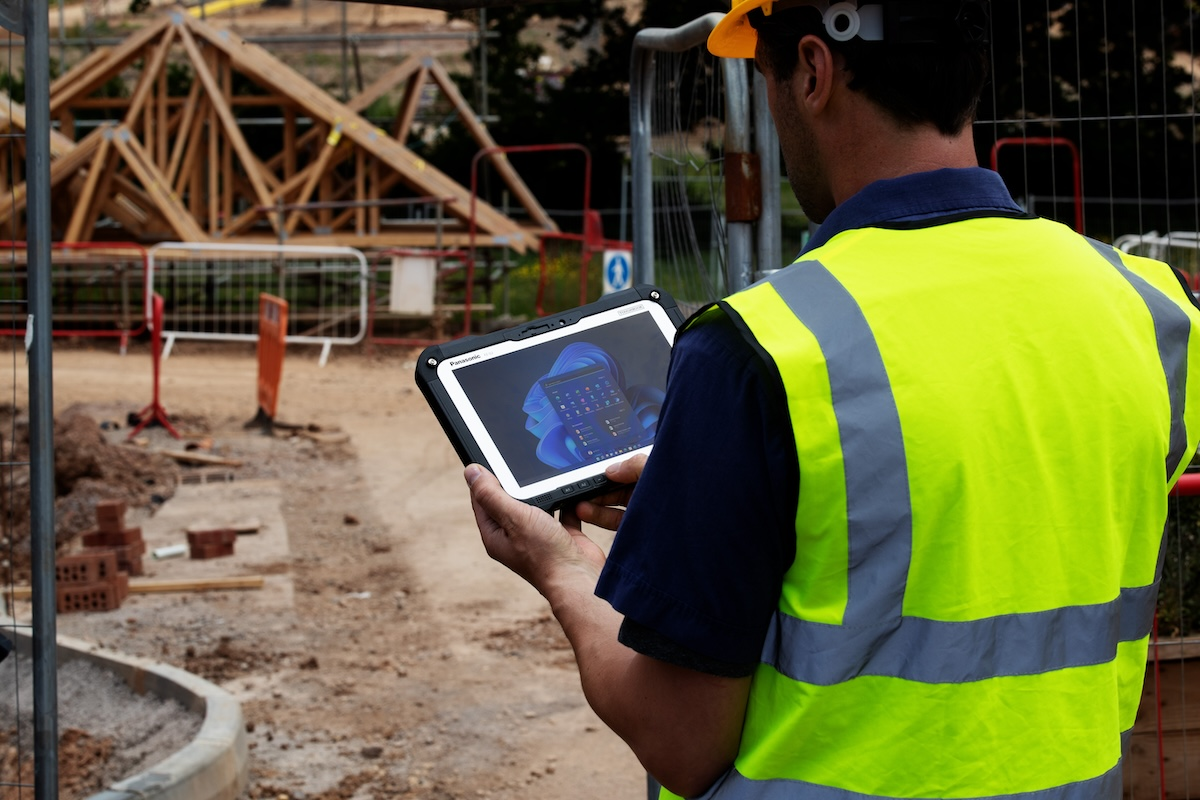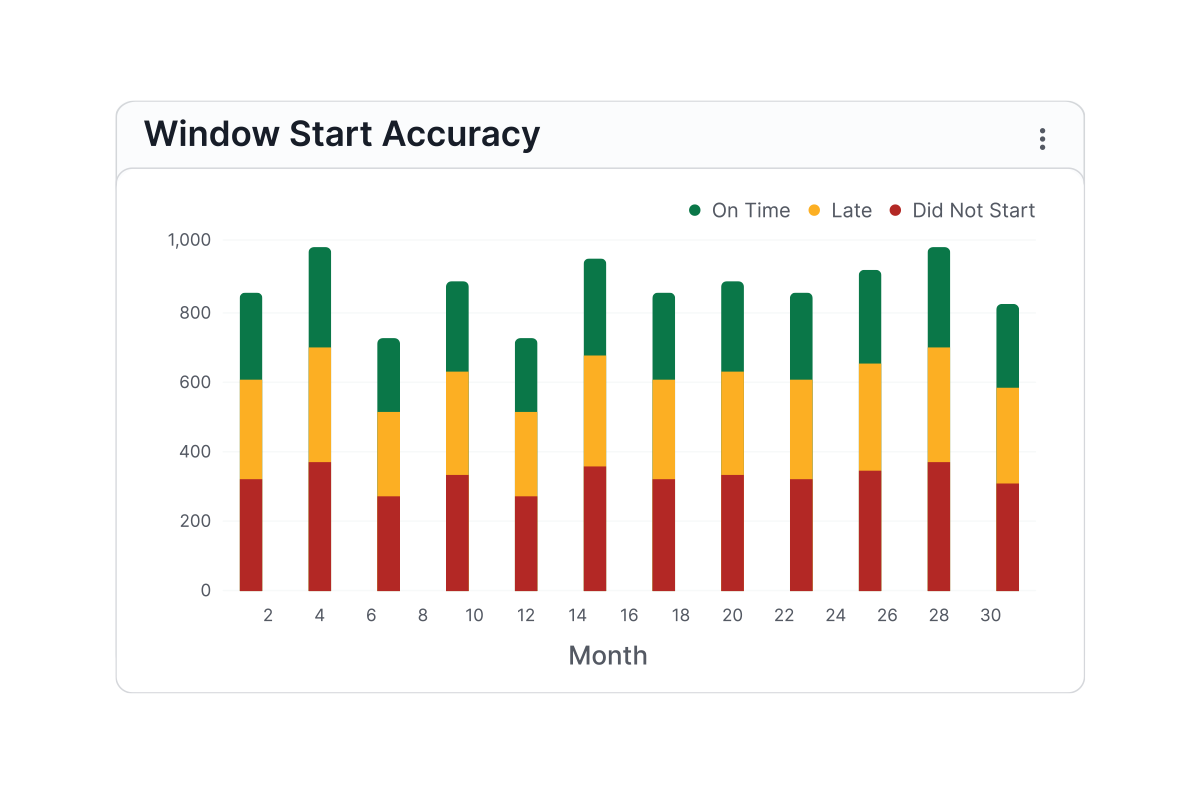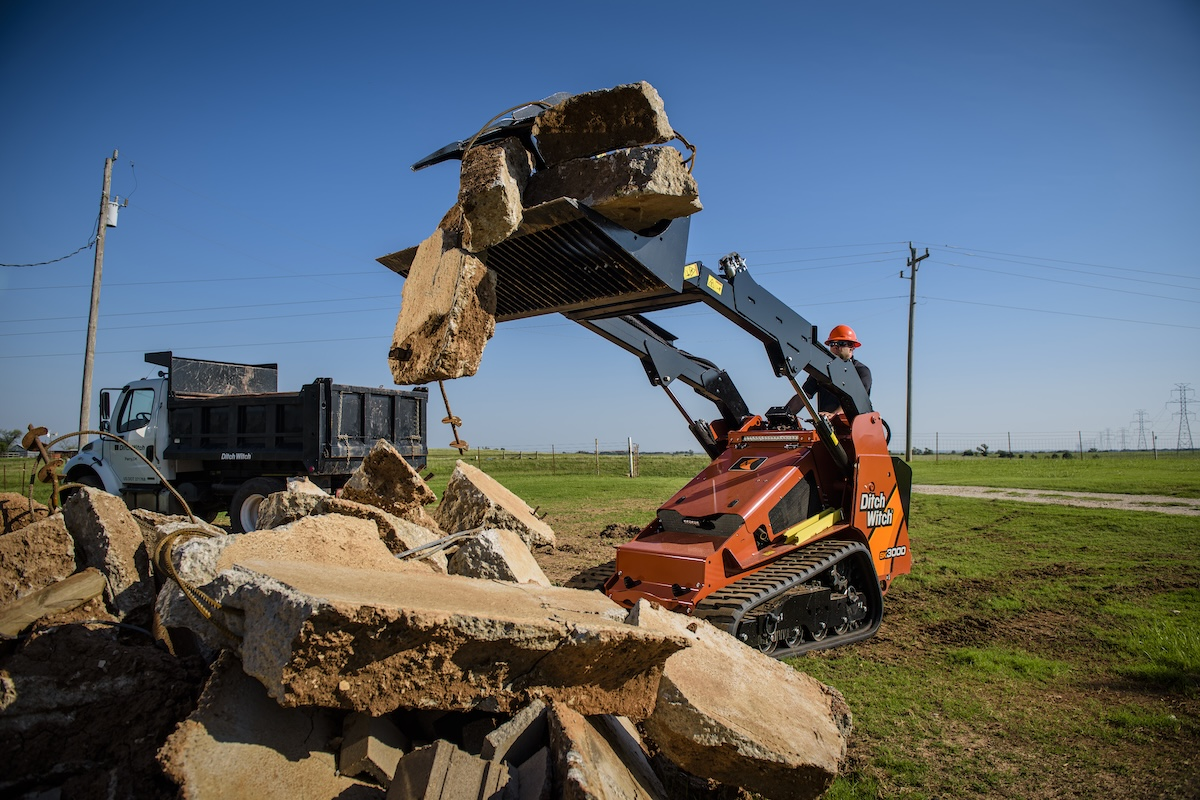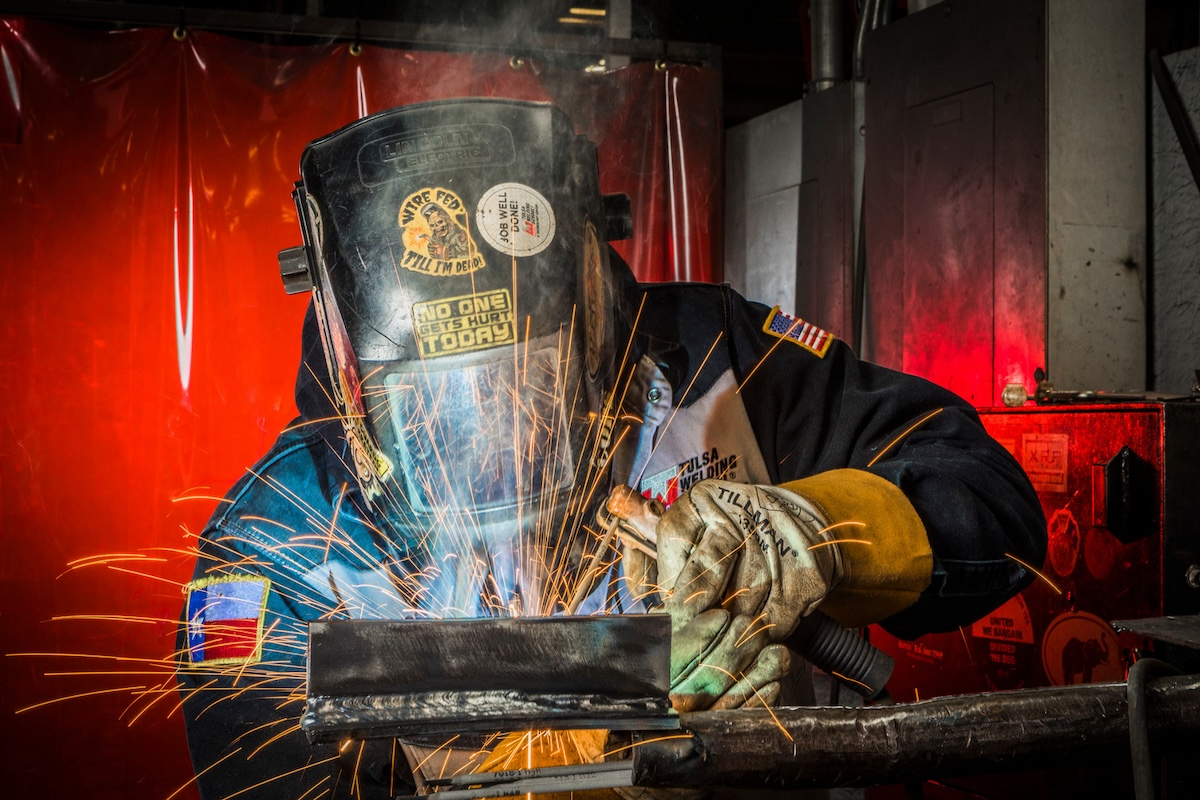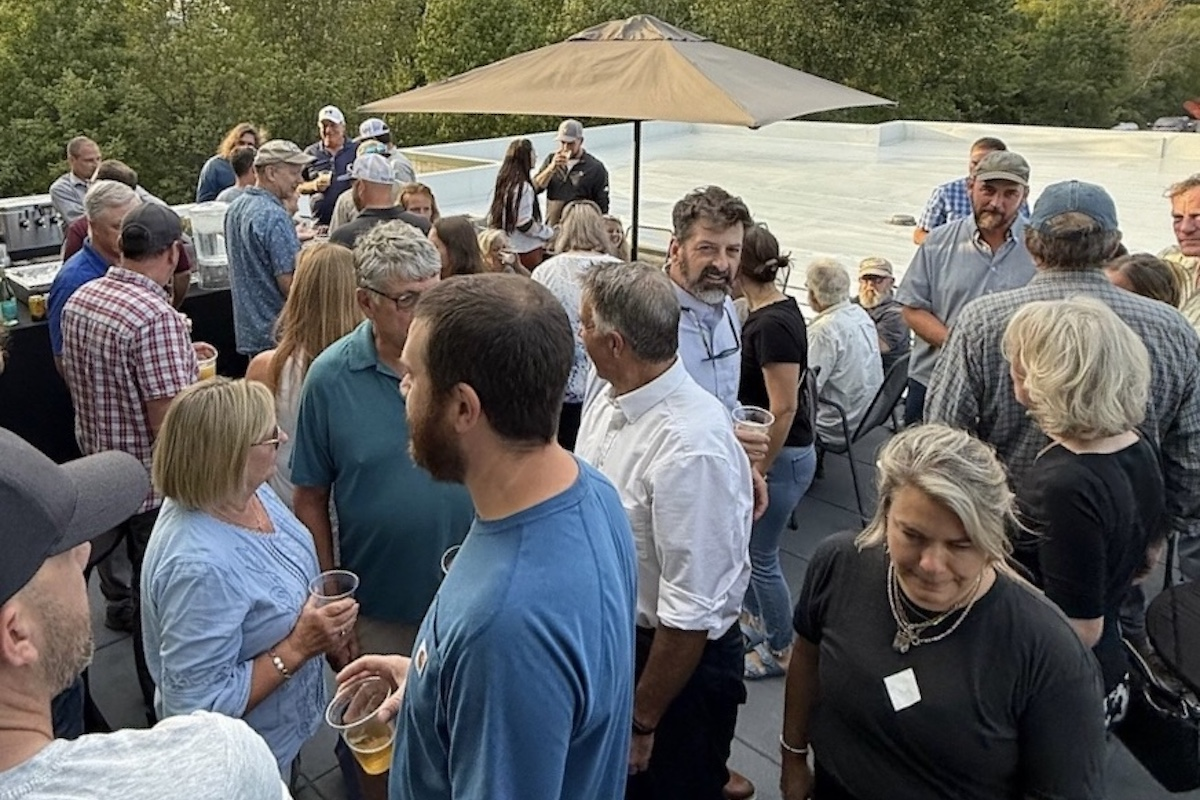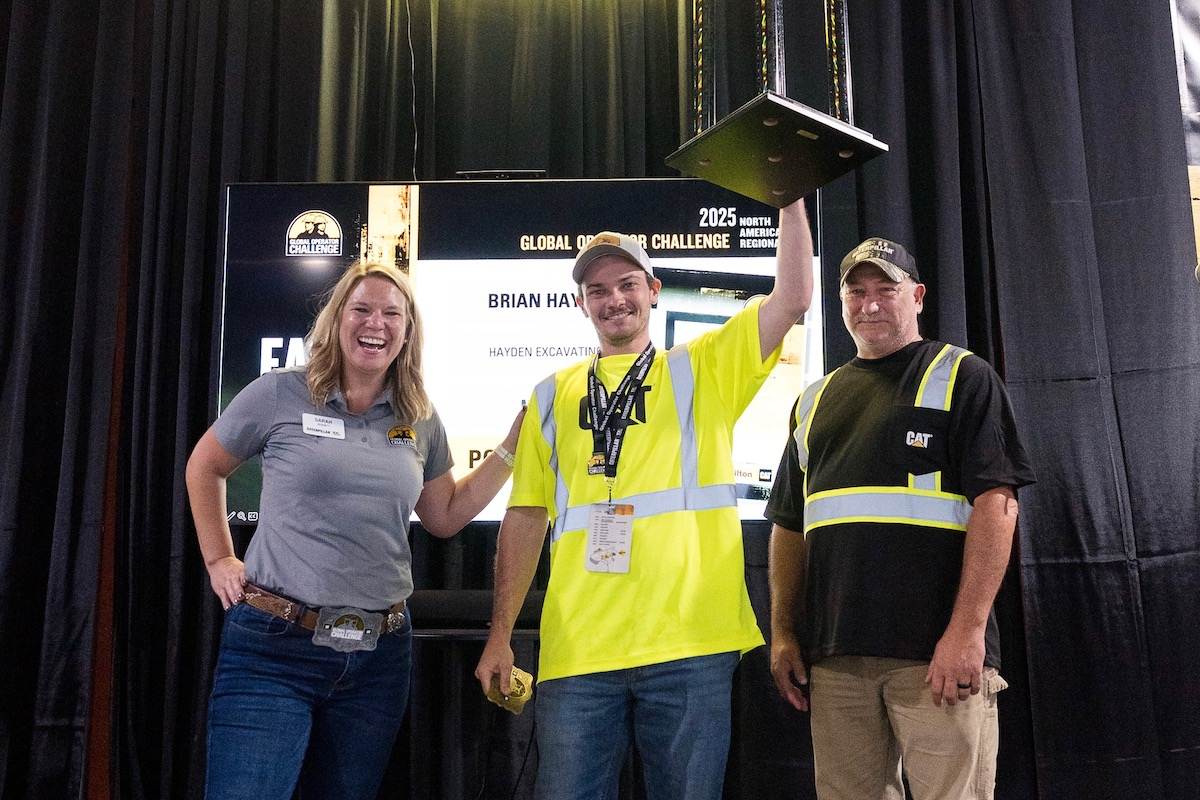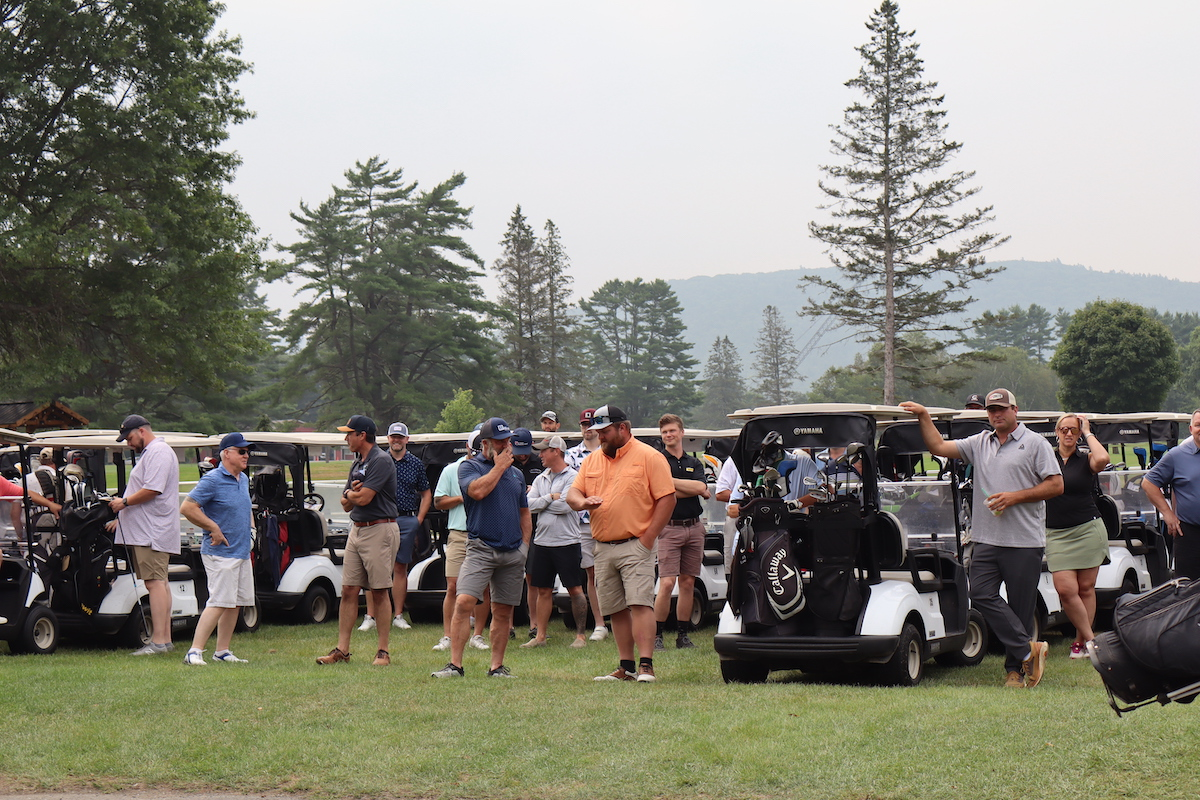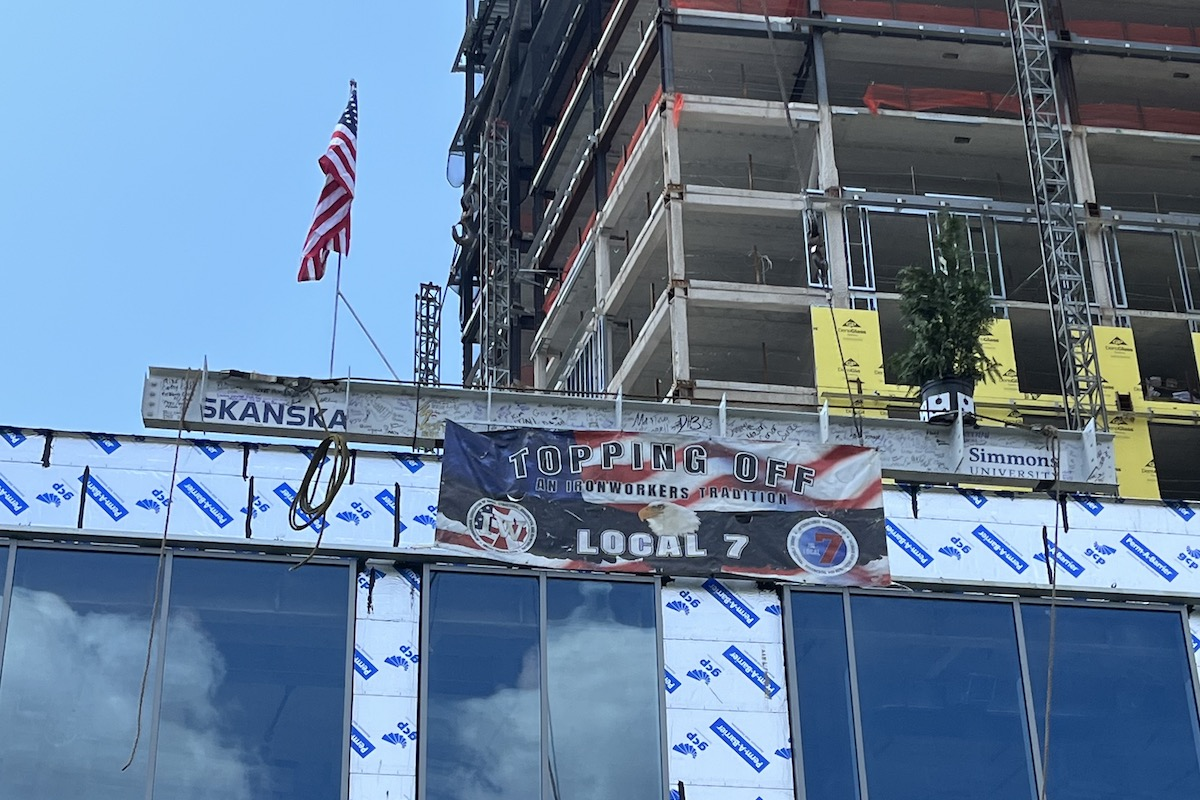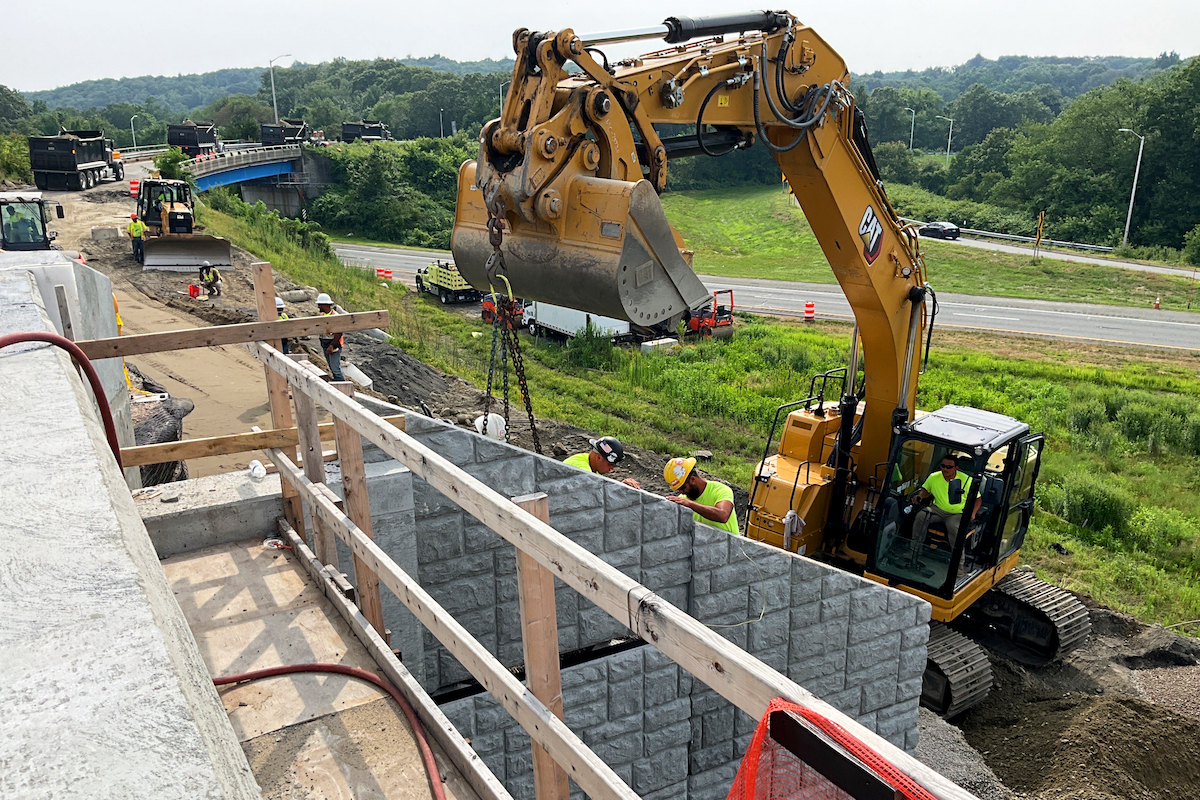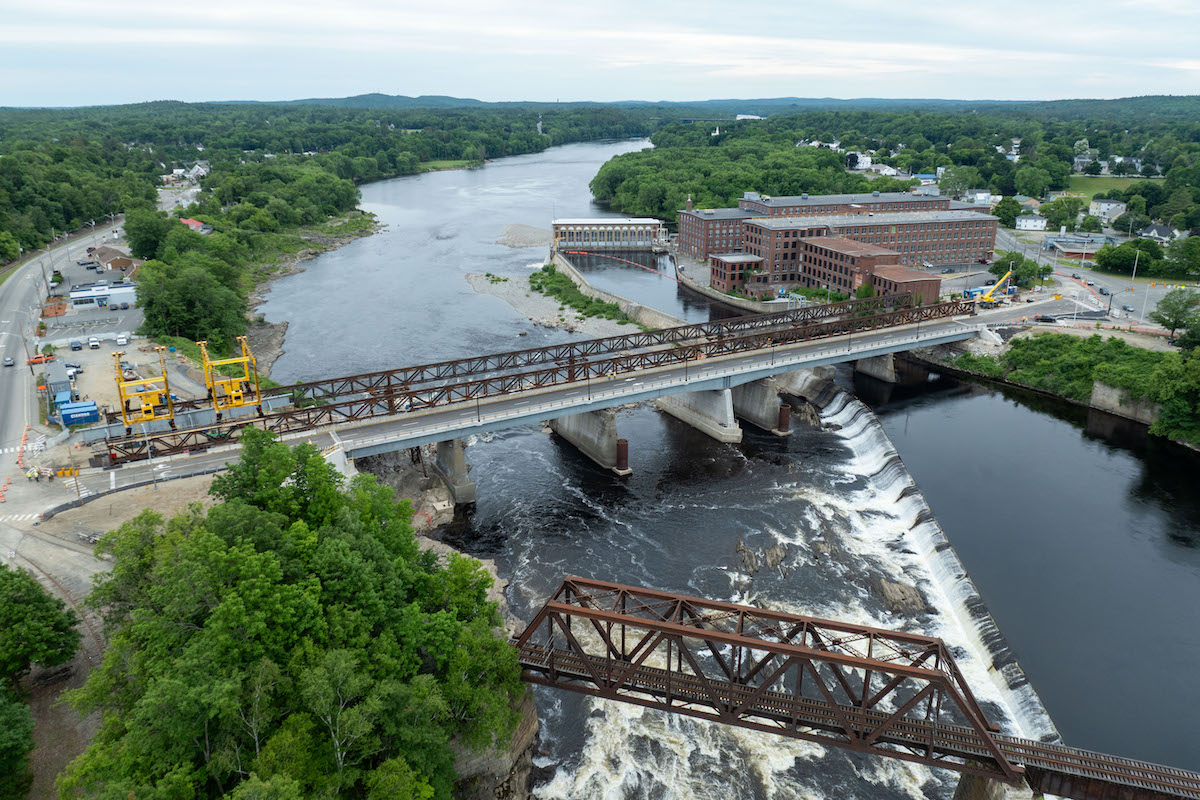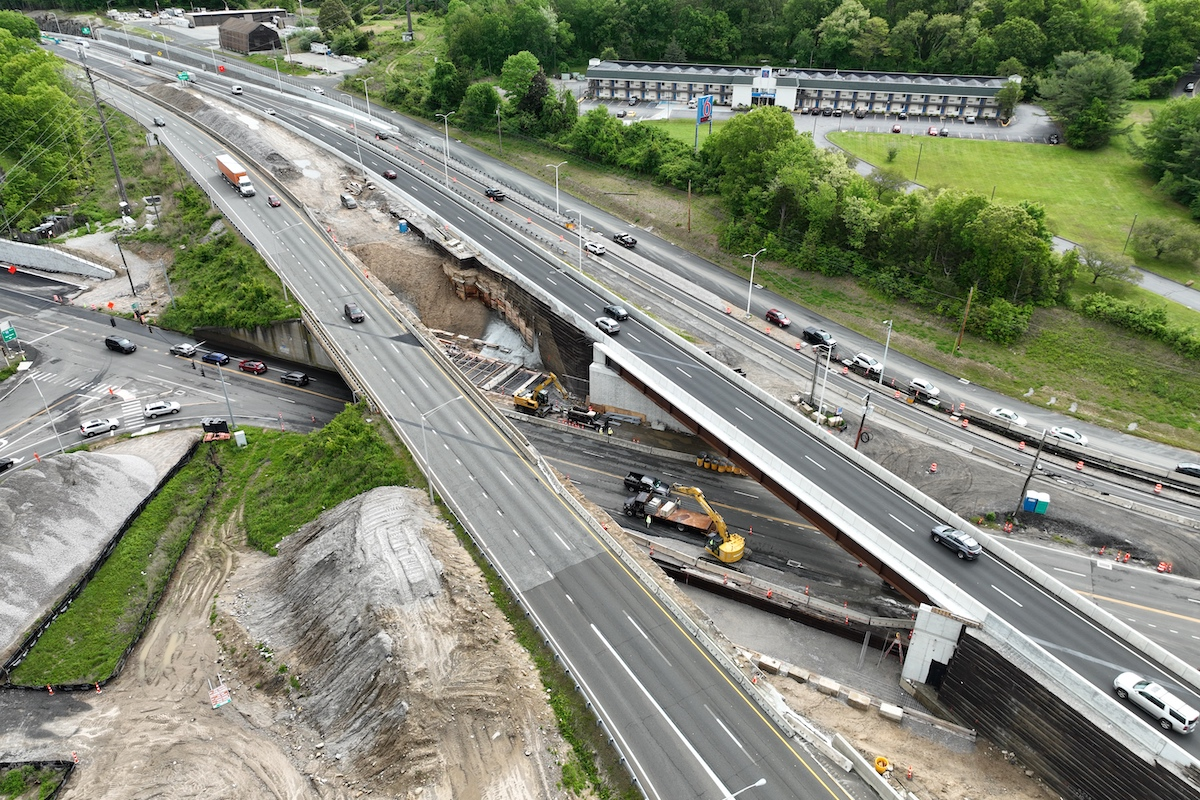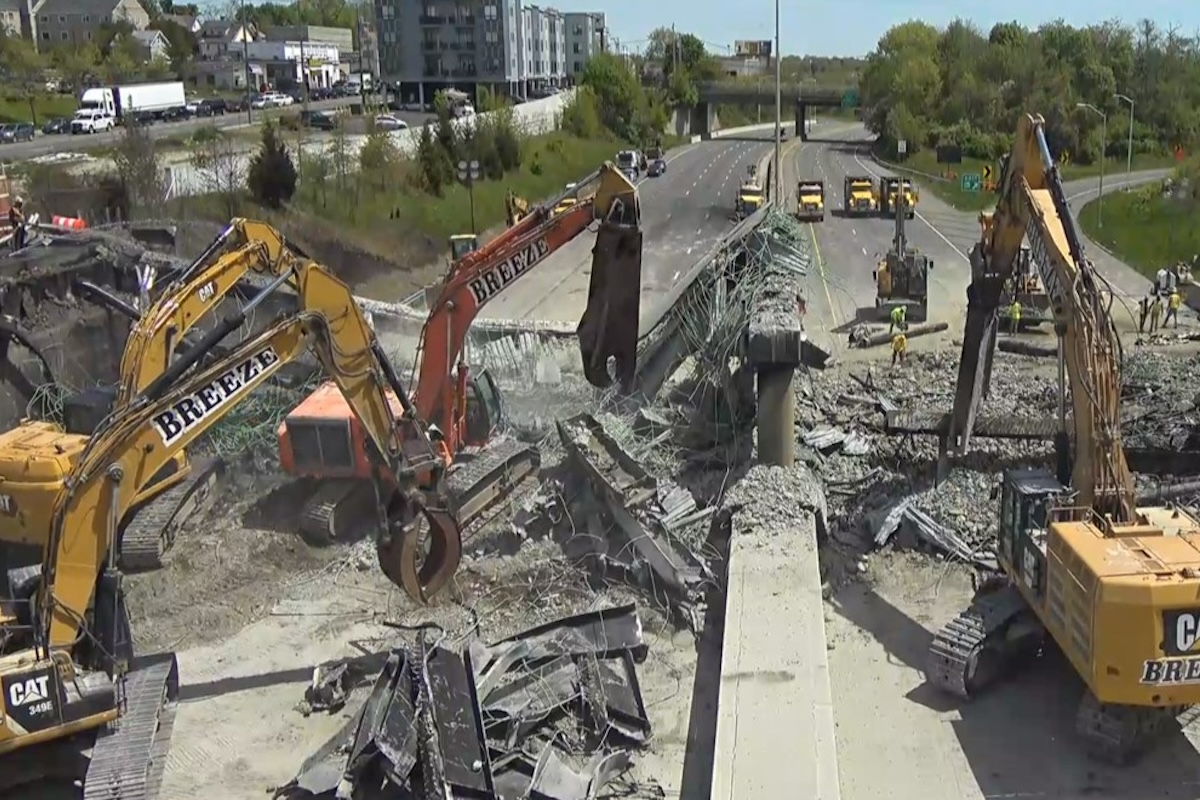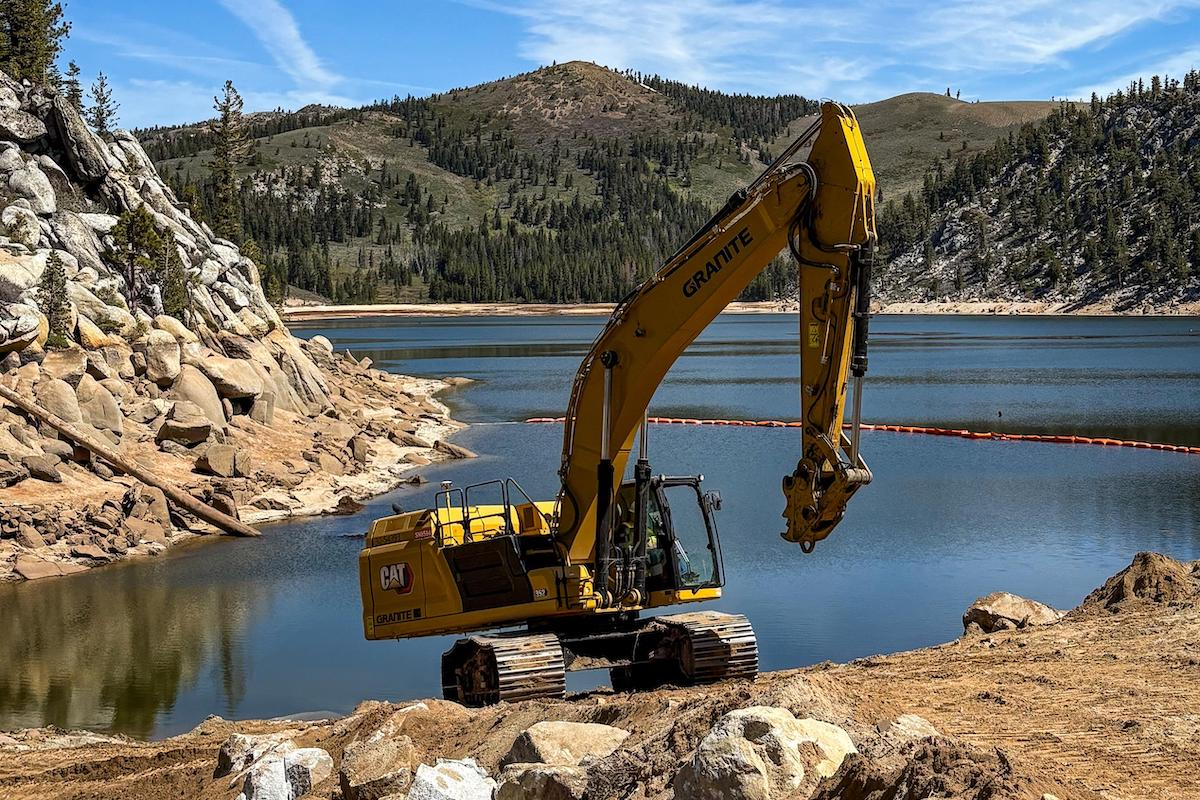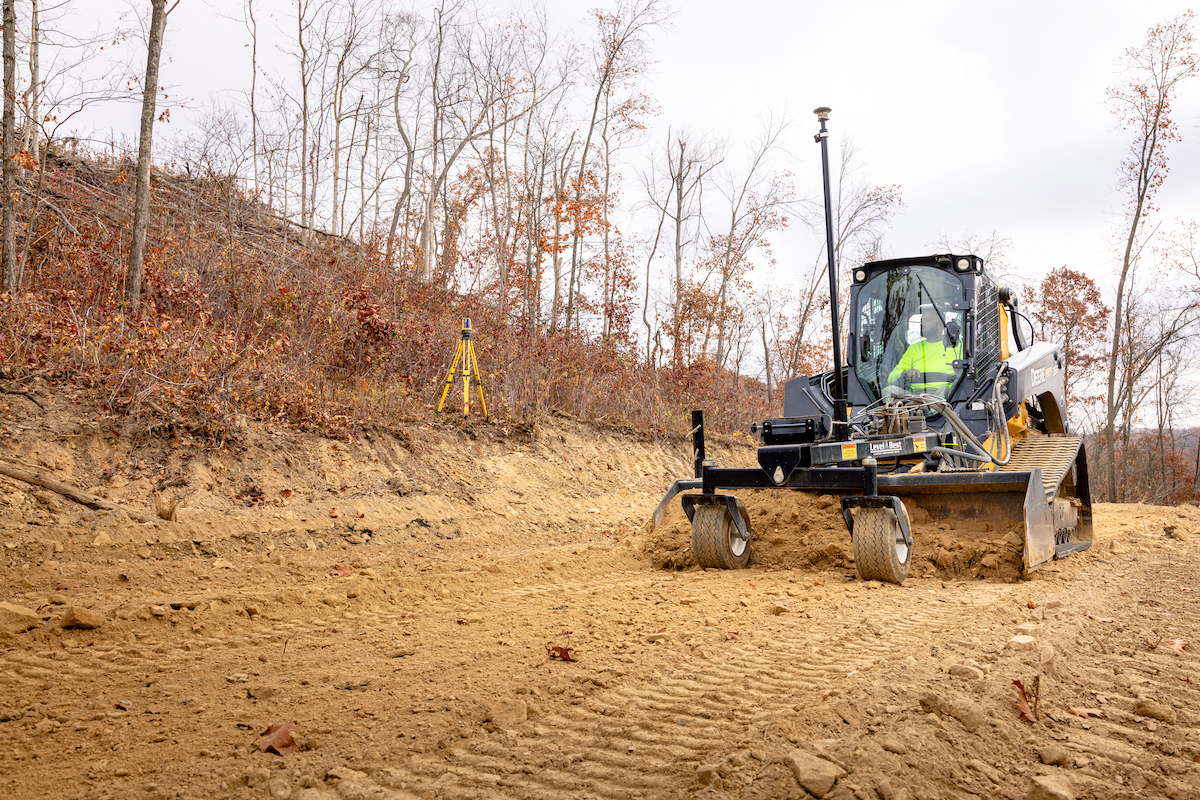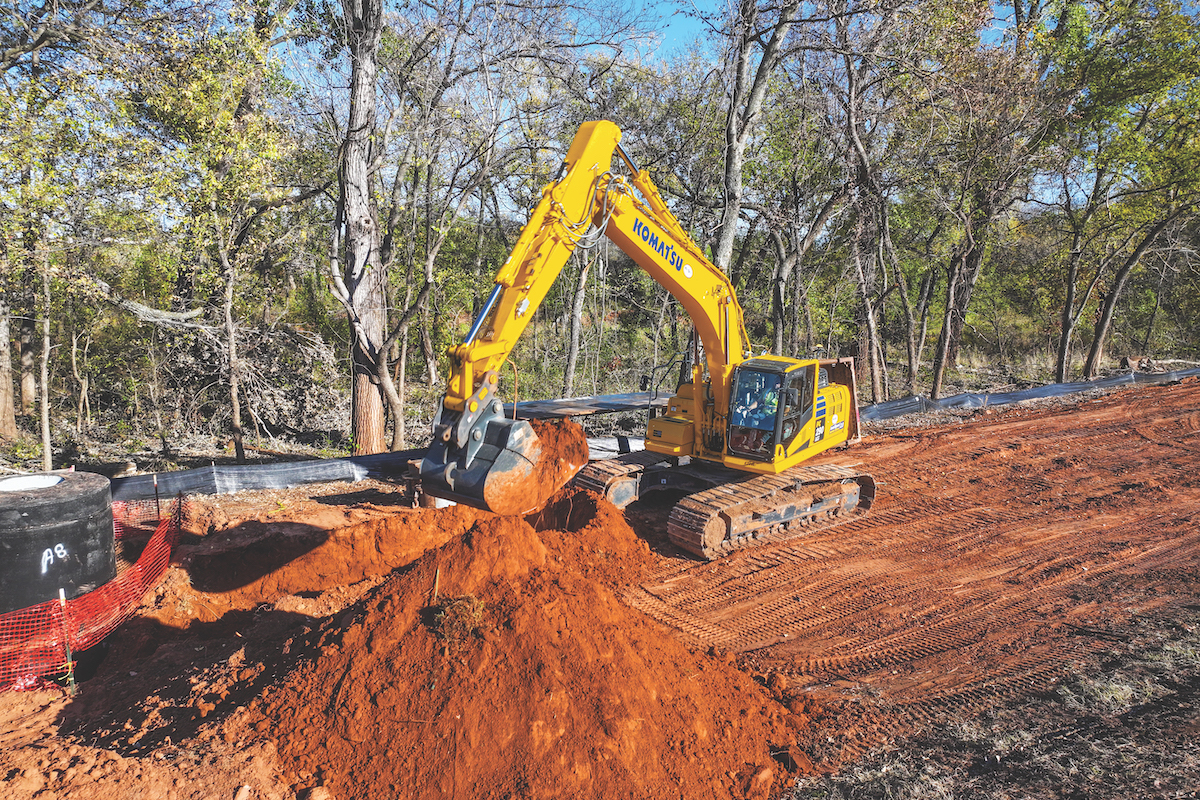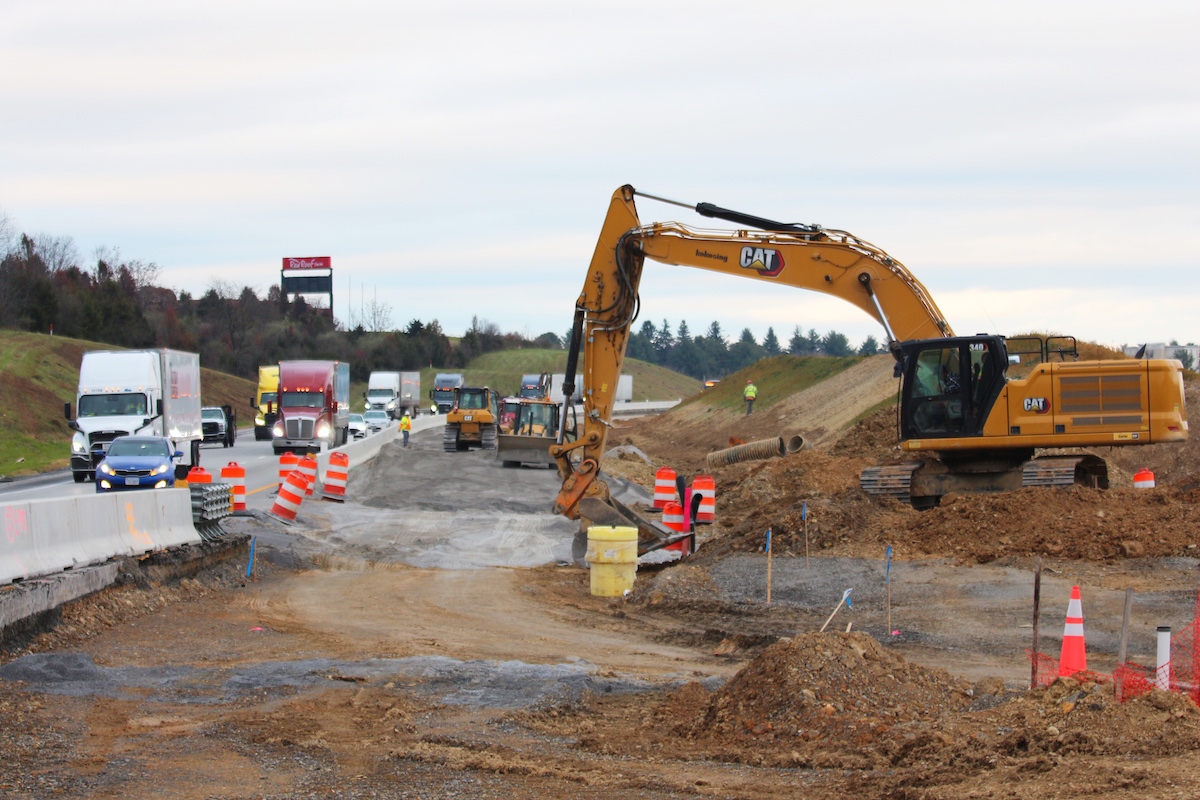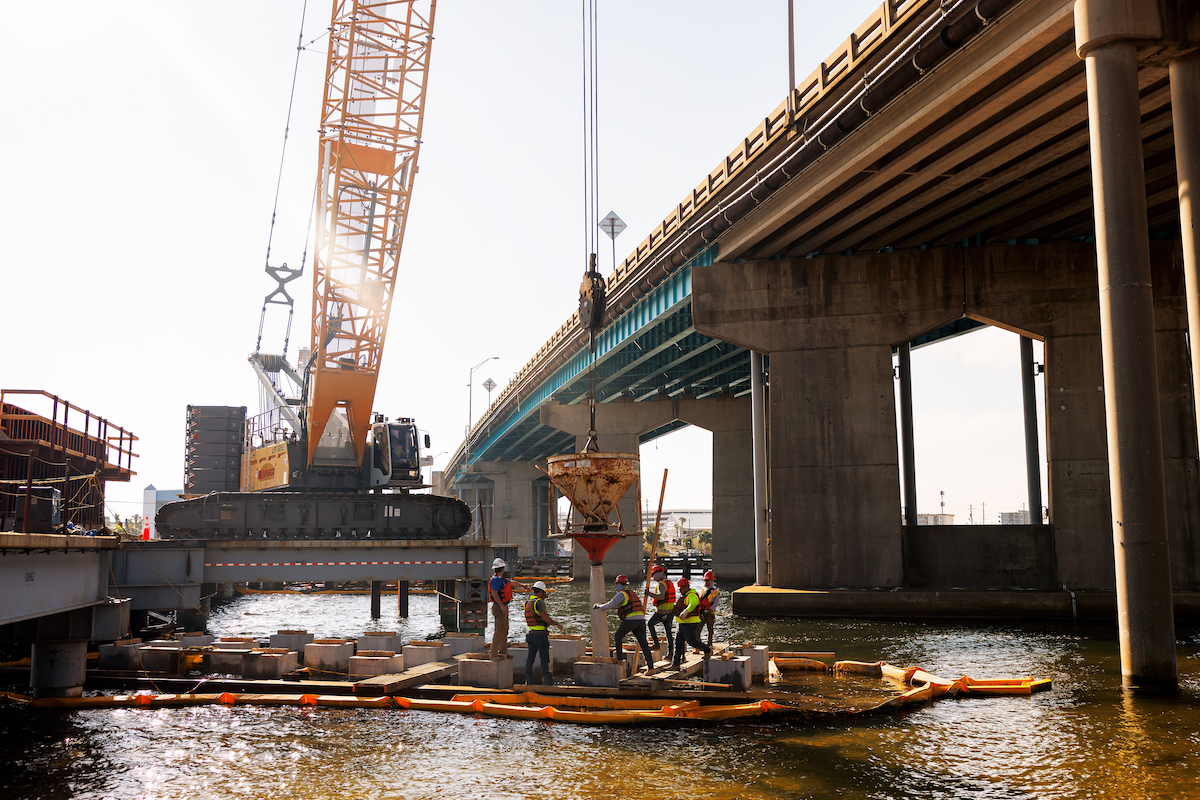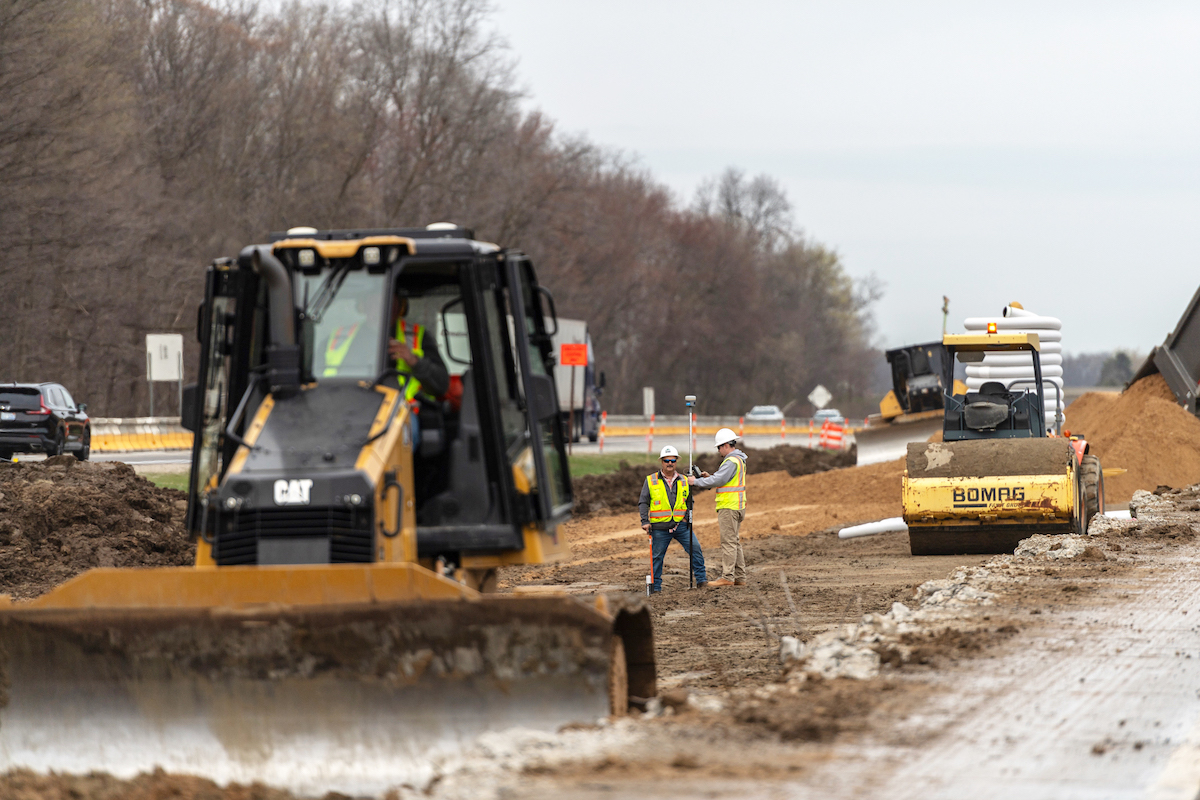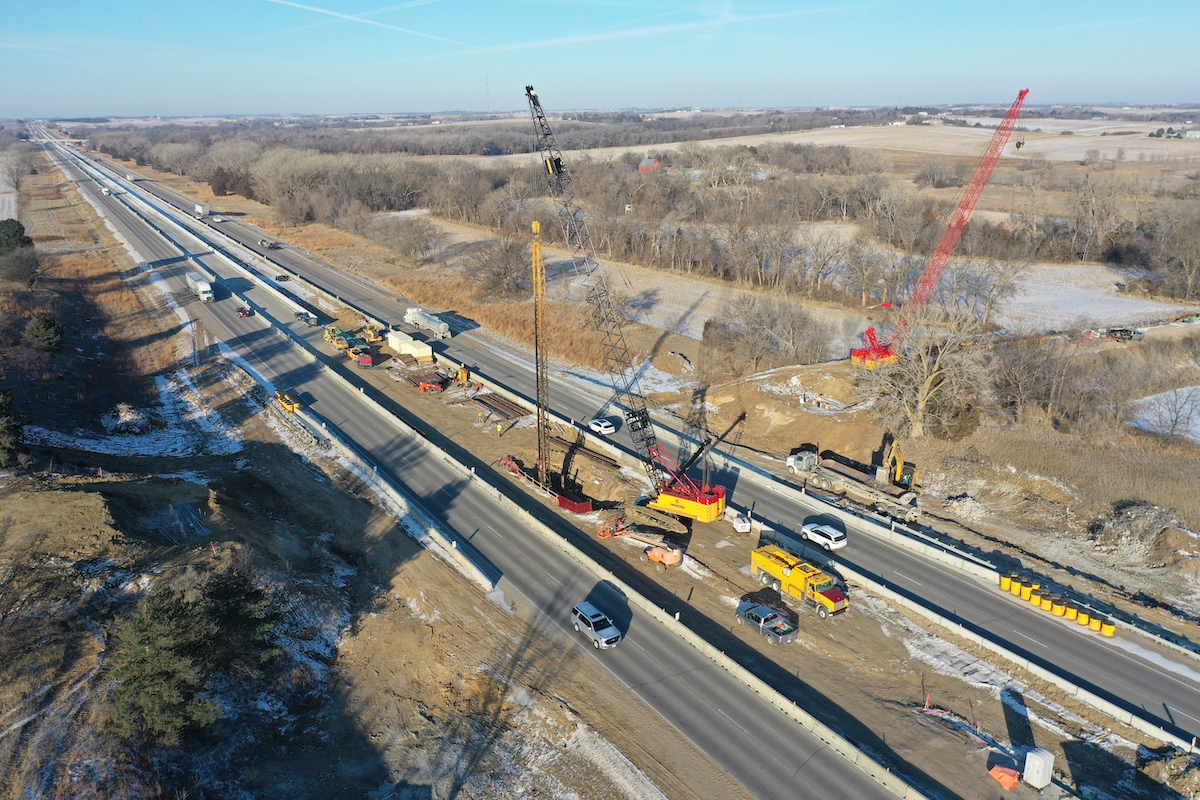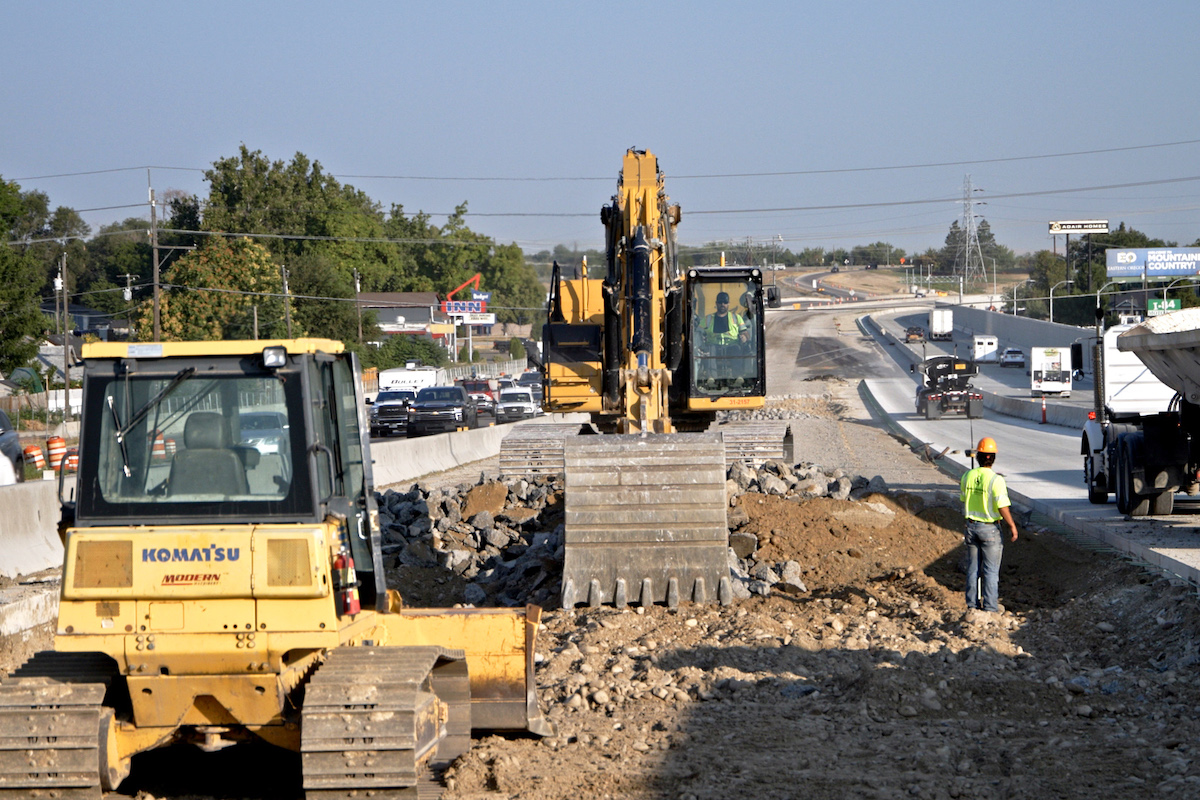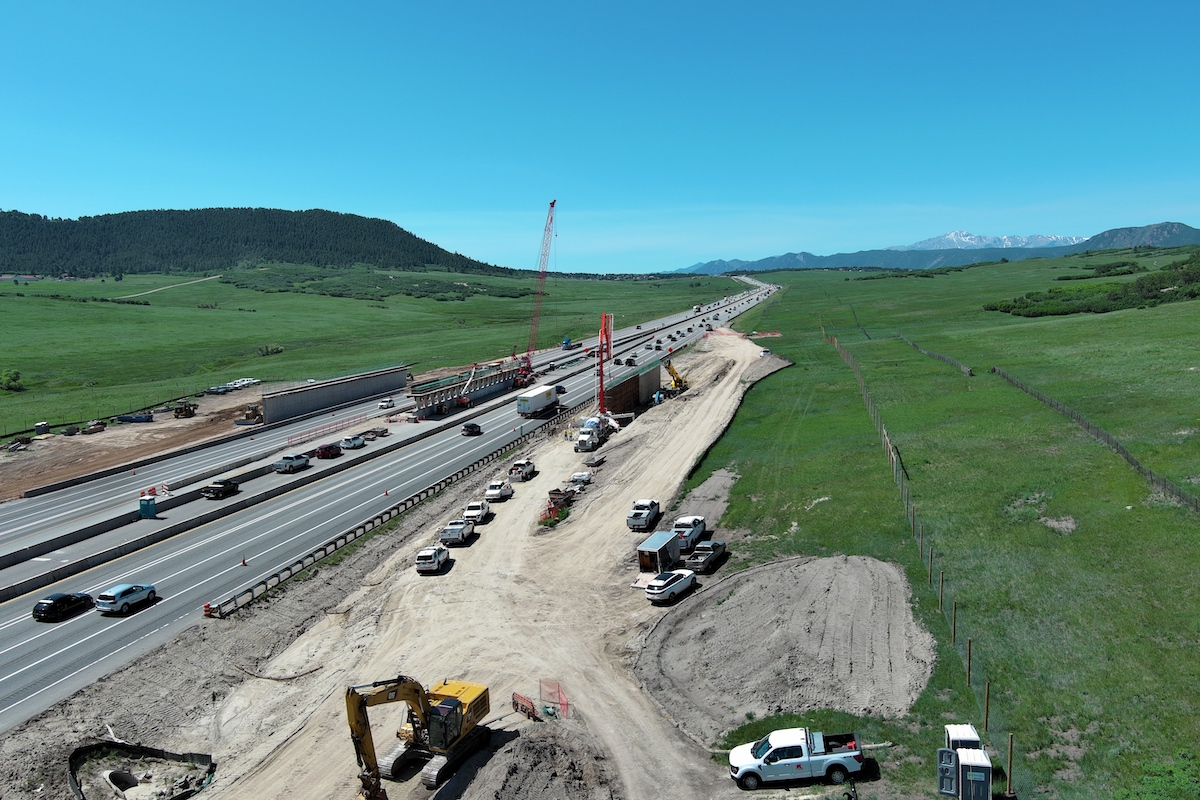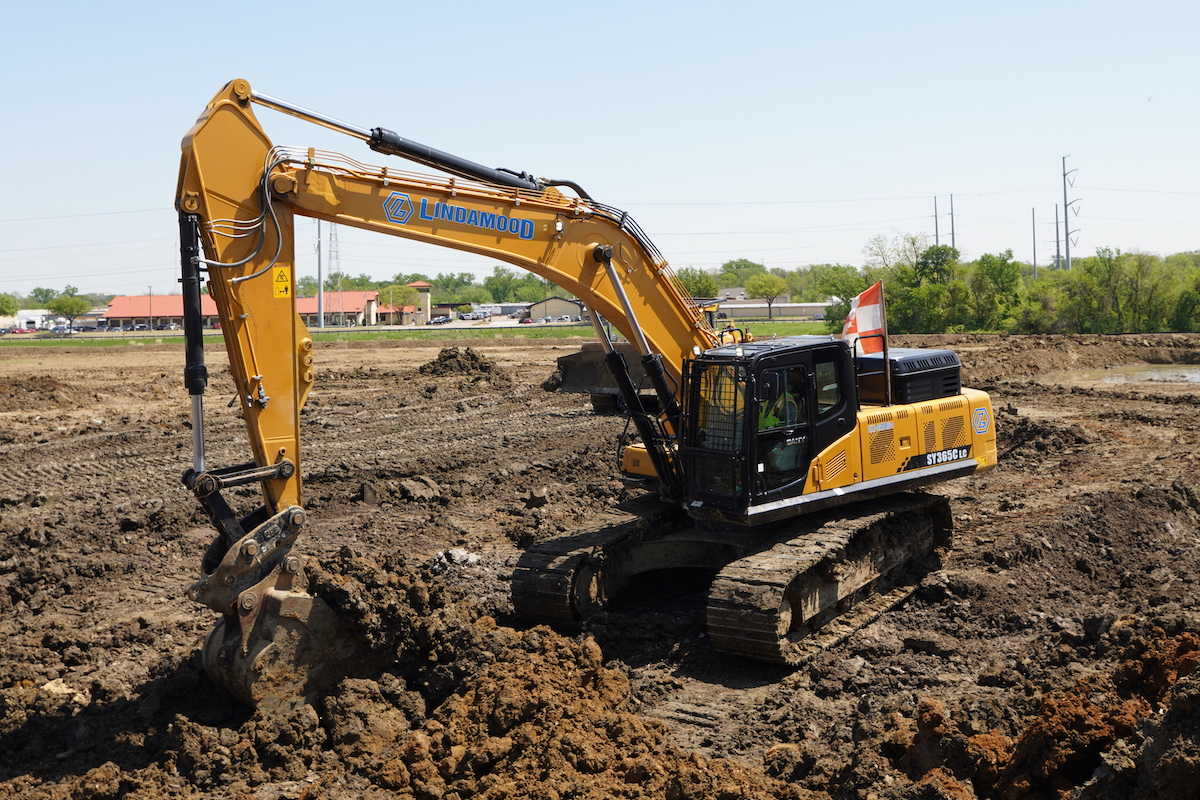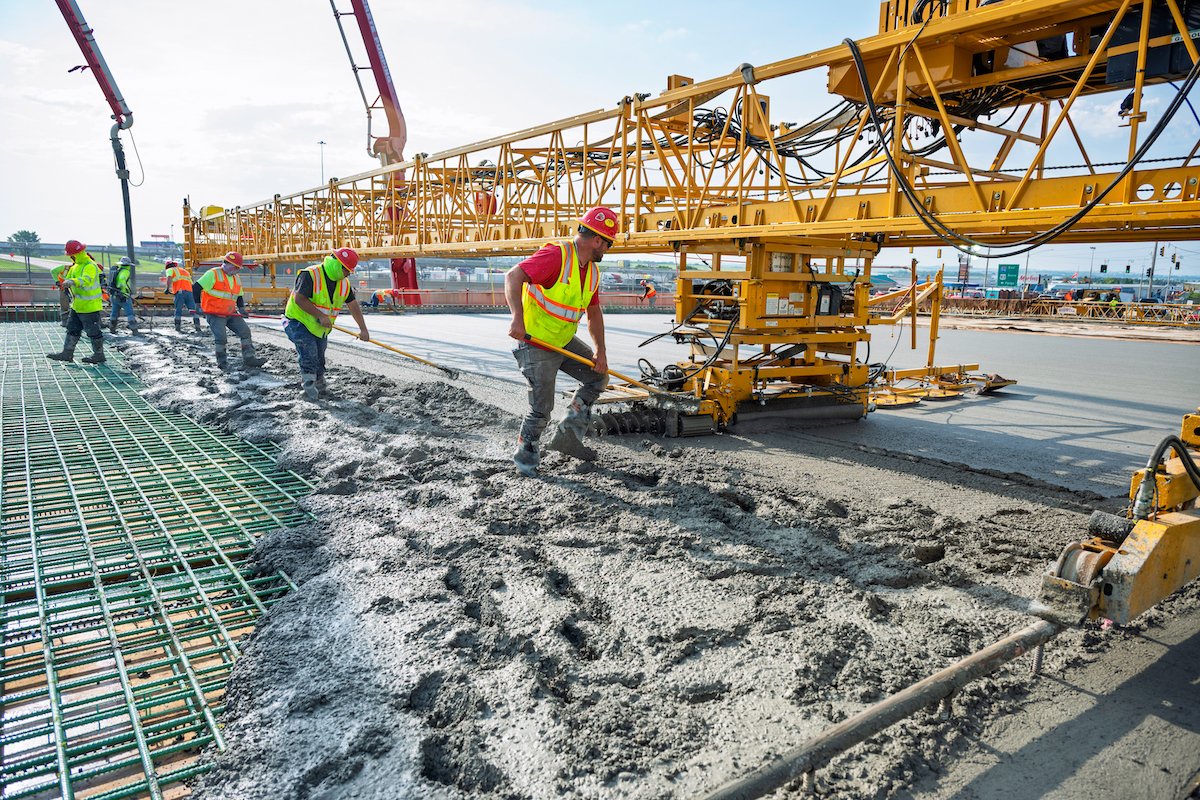Inclement and cold winter weather add a new layer of risk to everyday tasks on construction sites and increased complexity related to job site safety. From flooding to hazardous work conditions to the risks of frostbite, there is a lot more to consider when it comes to employee safety.
Monitoring the weather forecast, keeping work areas (including walkways, scaffolding, ladders, and roofs) free from ice and snow, and ensuring that workers dress appropriately for the conditions are now just table stakes. Forward-thinking companies are also utilizing advanced solutions and training to help ensure workers stay safe during colder months.
According to the U.S. Bureau of Labor Statistics, ice, sleet, and snow were responsible for more than 20,000 workplace injuries in recent years. But by leveraging connected safety solutions, conducting comprehensive safety training, and having the proper personal protective equipment (PPE) protocols in place, organizations can mitigate winter-related risks on the job site.
Wearing proper gear is important every day — but in cold weather, the proper PPE is even more critical to worker safety. Strong winds, black ice, and moisture all pose different challenges when compared to the summer season.
To maximize warmth and dexterity, workers should wear:
- Layers — Ensuring workers dress in multiple layers of loose-fitting clothing and pack extra dry clothes is key to staying dry and regulating body temperature. However, this level of layering requires adjustments to personal fall arrest systems and other equipment worn over clothing to make sure it fits properly.
- Gloves — In extremely cold temperatures, touching metal with bare hands can cause nearly instantaneous frostbite. Cold temperatures can also make fingers stiff, causing a loss of dexterity, which can make handling tools or operating machinery more difficult. Ideally, workers should wear insulated gloves and keep them on at all times during the winter months.
- Boots — Boots are mandatory on any job site, but in the winter months, waterproof boots with nonslip soles help ensure traction to avoid falls on ice or other slippery surfaces.
- Hard hats — Wearing a lined hard hat prevents workers from losing body heat, 10 percent of which is lost through the head. This also protects them in the case of falling ice or a slip-and-fall accident. If workers wear a facemask or goggles, anti-fog spray is recommended.

| Your local Trimble Construction Division dealer |
|---|
| SITECH Northeast |
In addition to proper clothing, spending time in warm rest areas and drinking fluids is critical to proper body temperature regulation. We often think of proper hydration as a challenge in extreme heat, but it’s just as important during cold weather. Perhaps surprisingly, the body loses more fluid from respiration in cold weather than it does in warmer weather. As such, workers should drink four to six fluid ounces every 20 minutes.
By monitoring job site conditions, worker locations, and biometrics, connected safety solutions can be instrumental in preventing accidents and injuries in cold weather. In fact, according to a recent survey of safety professionals by the Electrical Safety Foundation and Wesco, 95 percent of respondents that implemented connected safety solutions noticed a reduction in workplace injuries.
With the increased number of factors safety managers have to consider in the winter months, connected safety solutions can make a measurable difference in ensuring job site safety. These solutions provide alerts and data in a single dashboard to give a clear view of the overall safety situation. Sensors worn by workers can determine location, provide body temperature and other biometrics, and give detailed environmental information.
Empowered with these insights, safety managers can make better-informed decisions about specific risks that workers might face and how to proactively address them.

| Your local Esco Corporation dealer |
|---|
| Genalco |
The third pillar of protecting against winter hazards is empowering employees with the training needed to identify cold temperature hazards and determine when assistance is required. Even when the recommended PPE and technology solutions are in place, there’s no substitute for proper training. Educating employees on the dangers of cold temperatures — and how to recognize and prevent them — can be critical to preventing cold-related injuries or accidents.
Workers also need to be trained on how to properly operate equipment in cold weather, including whether any additional precautions need to be taken. For example, empty nail guns may need to be warmed before use in freezing temperatures, and fluid may need to be drained from air compressors after each use.
Additionally, workers should be empowered to make real-time decisions when it comes to their safety. Employees should always put their own health before any performance-related pressures, as failing to do so could lead to a safety incident. A daily job site safety briefing or huddle can be an effective way to stay in constant communication with workers about potential risks and concerns. These meetings should address any safety concerns for the day and cover close calls or near misses on the previous shift, so workers are prepared for potential cold-weather risks.
The unique considerations to keep job sites safe in winter months can add a lot of additional pressure on safety managers who are already spread thin. Turning to a partner to help manage worker safety, job site safety, and even OSHA compliance can ensure that nothing is missed and employees are set up for success, even when the temperatures dip.

| Your local Wirtgen America dealer |
|---|
| United Construction & Forestry |
| WI Clark |
Evan Hardin is Senior Director of Sales, Global Safety and MRO, at Wesco. With over two decades of experience in safety innovation, he has spearheaded the development of integrated safety service models, driven cross-functional alignment across global teams, and championed partnerships that elevate workplace safety standards.


